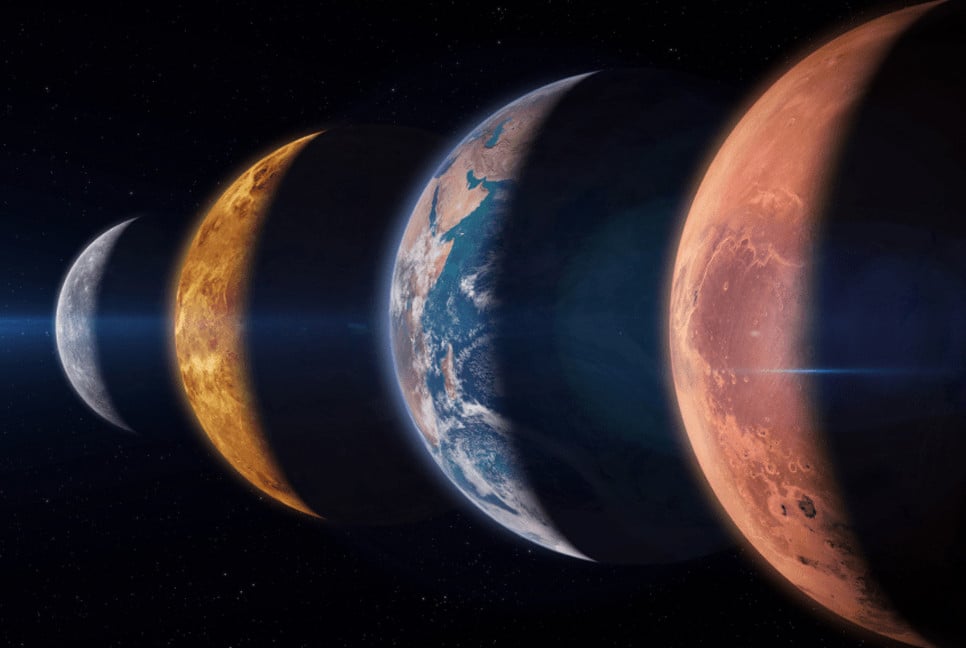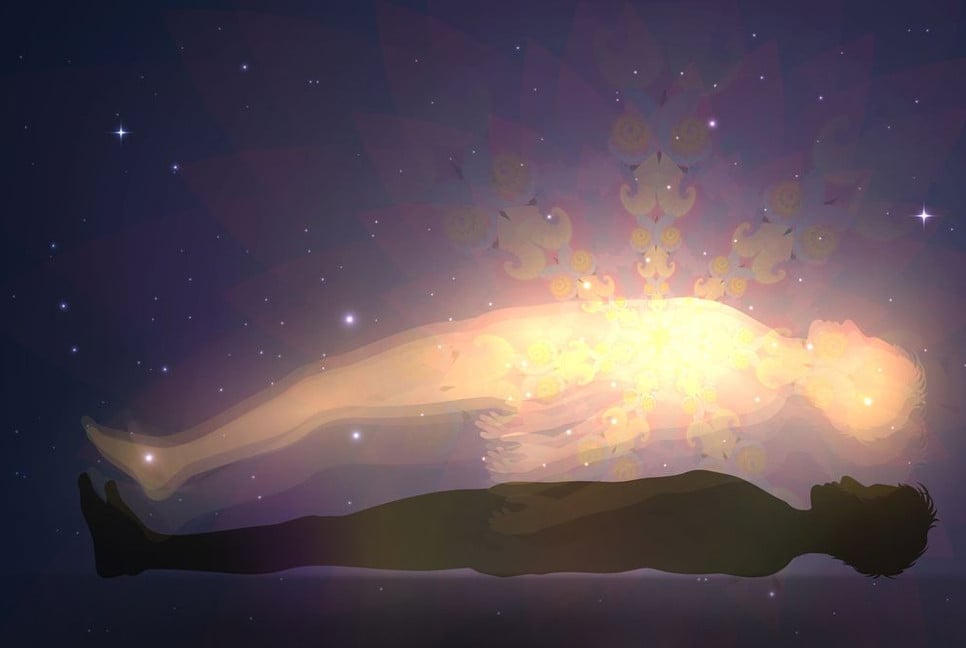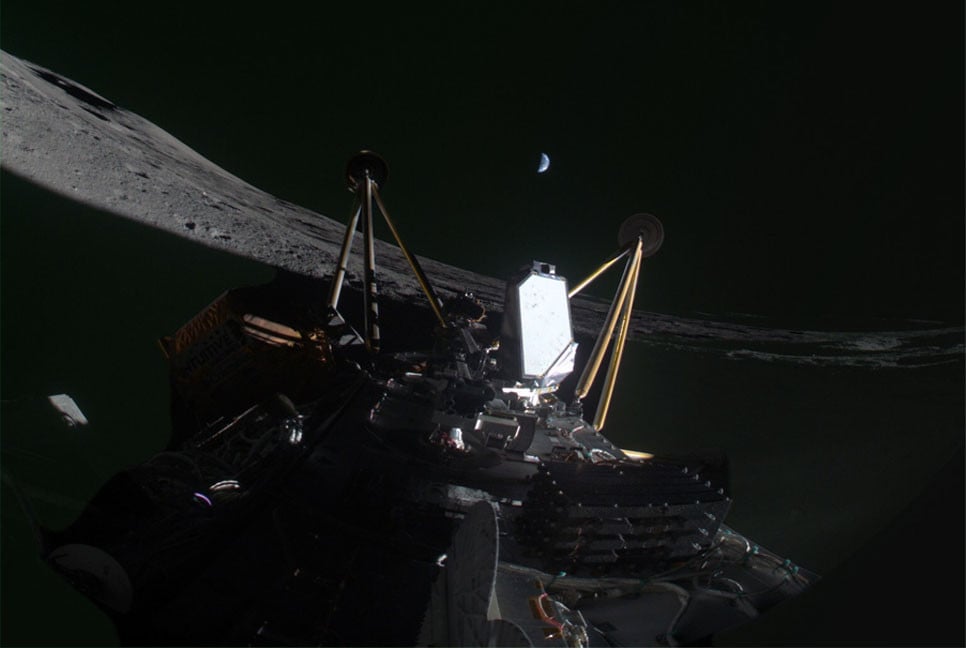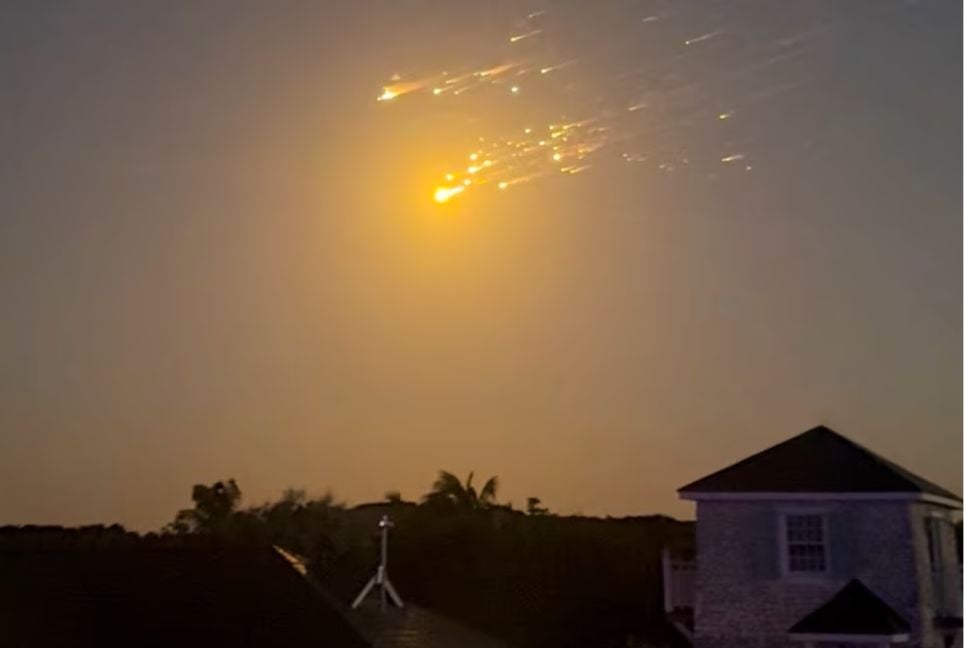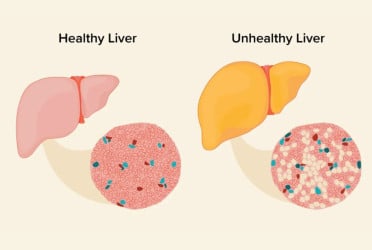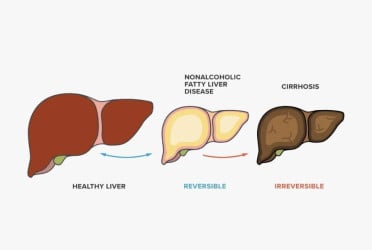Have you seen the "once in 396 billion years" planetary alignment trending on social media for January 25? Don’t believe the hype. Here’s the real story—and why you don’t need to wait for something extraordinary.
Four planets are visible to the naked eye this month, and next month, for a brief time, five will be visible. This isn’t anything out of the ordinary, nor is it a rare alignment, despite what the online rumors suggest.
However, it’s still a stunning sight. So, is it one of the best stargazing events of 2025? Here's the truth about the so-called "planet parade" and the best times to catch it this month and in February.
What is a ‘Planet Parade?’
It’s a common term used by amateurs for when there are more than a couple of planets in the night sky. Unfortunately, articles that promote them often justify them by advertising views of planets like Uranus and Neptune, which are too small to be seen with the naked eye. So why is the term “planet parade” being used in 2025? It’s mainly because Jupiter remains bright while Venus and Mars are coming to their brightest in the post-sunset sky for a couple of years. With Saturn still hanging around and Mercury making an occasional appearance, four or five planets can be seen with the naked eye.
Why is it not an ‘Alignment’
Planets are always aligned with each other. The solar system is not a mess of planets racing all over it as they orbit the sun. The solar system is like an omelet. The planets orbit in near circles around it, each one slightly farther out, so it takes longer to orbit. This is the plane of the solar system. Consequently, you can see all planets in the solar system in a line in the night sky. It's easy to find because it's also the sun's path through the daytime sky. It's called the ecliptic, primarily because it's roughly where the moon also orbits, occasionally crossing it to occasionally eclipse the sun.
How many planets are visible in the night sky depends on where they are in their journeys around the sun, specifically where Earth is in its journey. Some will appear close to the sun—so be “up” all day long but lost in its glare. This is typically true with Venus and Mercury, the two inner planets. Others will be far from the sun, so visible at night from Earth.
Why it’s not a ‘once in 396 billion years’ event
The universe has existed for 13.7 billion years, so it’s not like you missed anything — or ever will. The “once in 396 billion years” claim comes from a complete misunderstanding of a a theoretical point made by Jean Meeus in his 1997 book, Mathematical Astronomy Morsels. According to Sky & Telescope, in attempting to answer whether all eight planets could be visible in Earth’s sky, he came up with the 396 billion years figure but, crucially, he referred to the planets being within 1.8 degrees of each other. This month’s “planet parade” sees many of the planets in the sky, biut they’re not close to each other — and certainly not within 1.8 degrees!
‘Planet Parades’ In January and March
In January, six planets—Mars, Jupiter, Venus, Saturn, Uranus (not visible), and Neptune (not visible)—are gracing the night sky. Look west shortly after sunset to spot Venus and Saturn, while Jupiter and Mars can be found in the east. A great evening for planet-spotting is at the end of January, when the moon reaches its Last Quarter phase and rises around midnight.
By early March, Mercury joins the planetary lineup, visible briefly in the first week of the month. On March. 8, look west right after sunset to catch Mercury between Saturn and Venus before it quickly sinks below the horizon, accompanied by a crescent moon.
Source: Forbes.com
Bd-pratidin English/ Afia

